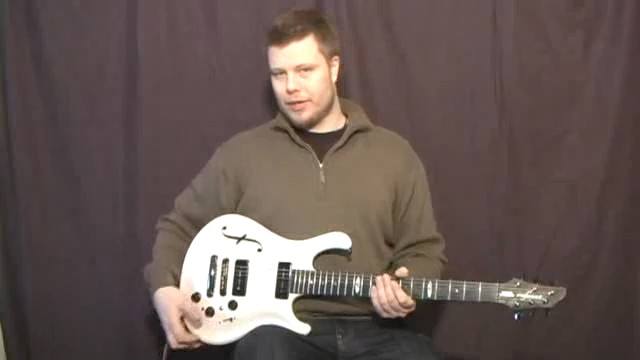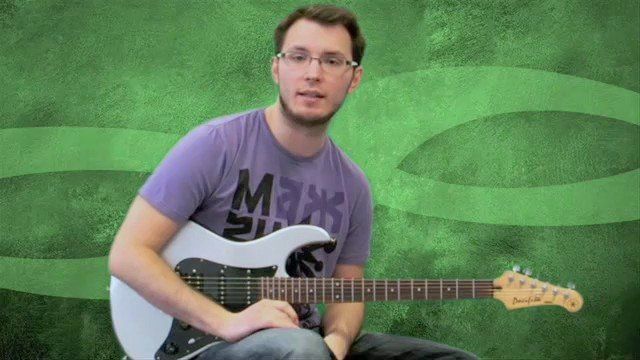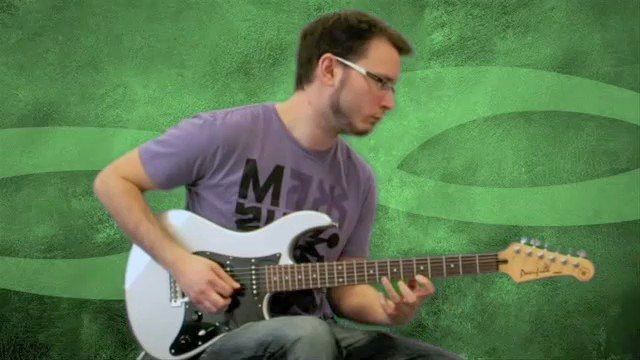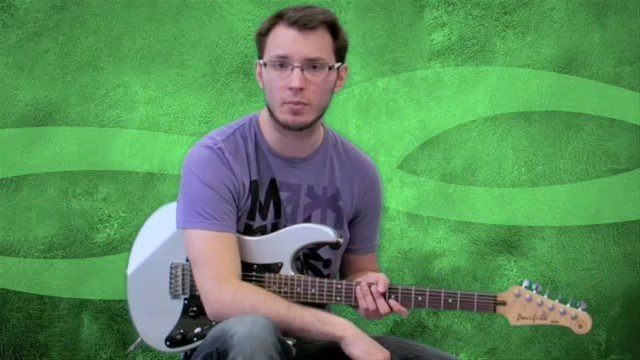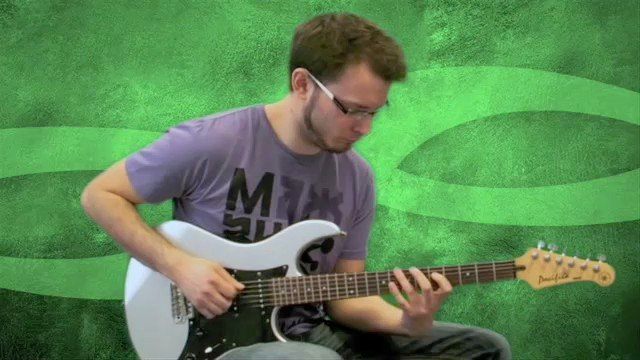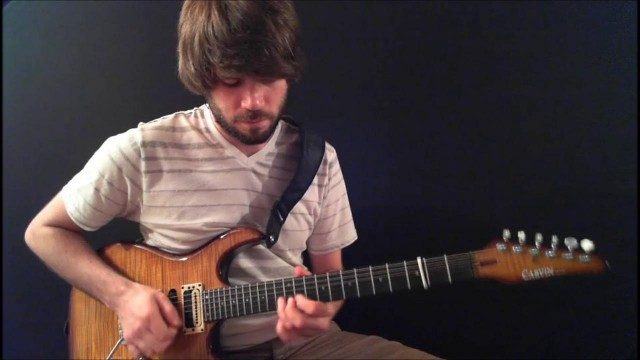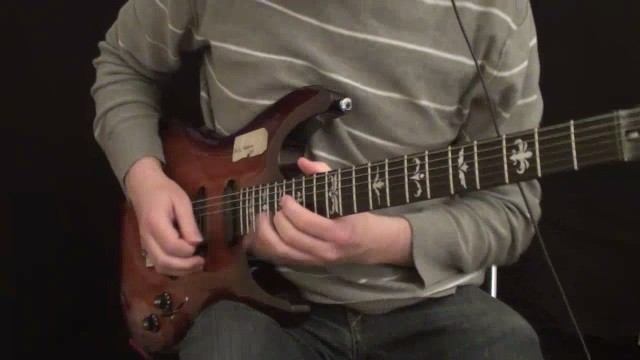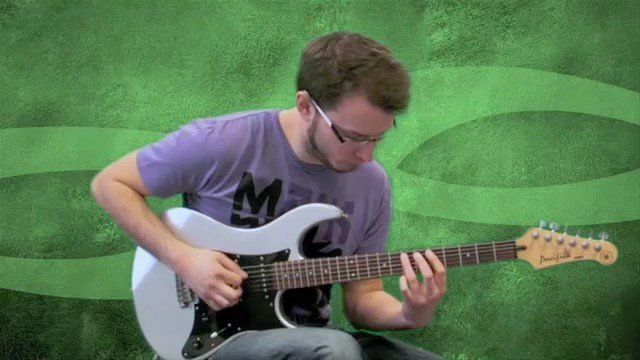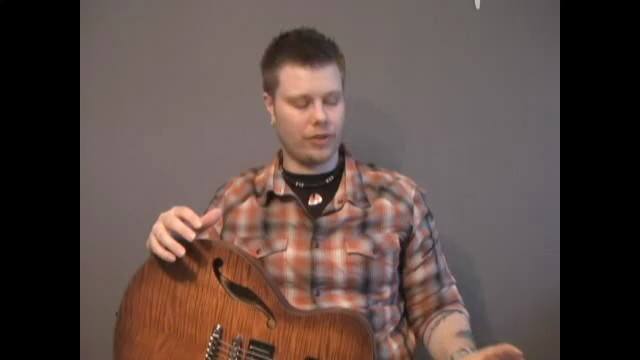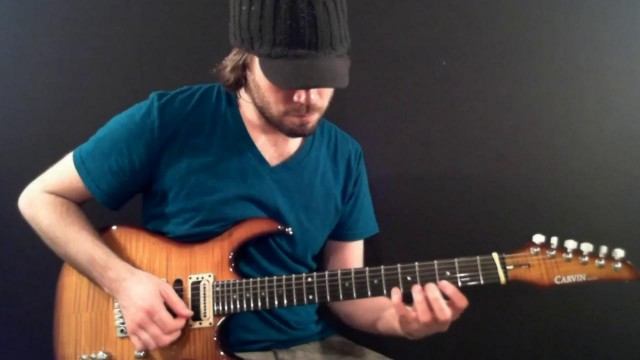So, now you have the theoretical knowledge down of which scales to play when you see the relevant chord symbols in a modal context. Your next step is to develop your fretboard knowledge so that you can play these scales seamlessly, slipping into the next one without having to go back and start from the root note every time, thus interuppting your phrasing,
The easiest way to develop this skill is to make an exercise out of it and the most effective exercise I've come across is the continuous scale exercise.
This works in a very simple way. Lets say we have two chords, Gm7 and Bbm7. These are not in the same key and our theory states that the best scale choices would be G Dorian and Bb Dorian respectively. Each chord lasts for one bar and the idea is to play a continuous scale over both chords moving to the next available scale tone for each chord as it occurs. I'll show you an example in the Tab section underneath and in the video.
For each chord I'd start out by playing either 1/2 or 1/4 notes at a slow tempo rising up the scale from the root note. In this case that's the G of G dorian. If I'm playing 1/4 notes I'd play G, A, Bb then C. The chord would then move to Bbm7 requiring a Bb dorian scale. The next nearest scale tone to the C we previously played is Db. We then continue with three more notes giving us Eb F and G over the Bbm7 chord. We'd then move to the next nearest note for G dorian etc etc.
Try this over backing track one using first two notes per bar (1/2 notes) then 4 notes per bar as I do in the video (1/4 notes). If you can do this for the whole backing track without stopping then you're getting somewhere.
If this is too hard at the moment then make sure to do this same exercise away from the backing track as slowly as you need to in order to find the next note even if it takes you a long time to find each note. You have to start somewhere and you'll find yourself speeding up fairly quickly.
Good luck!









































































